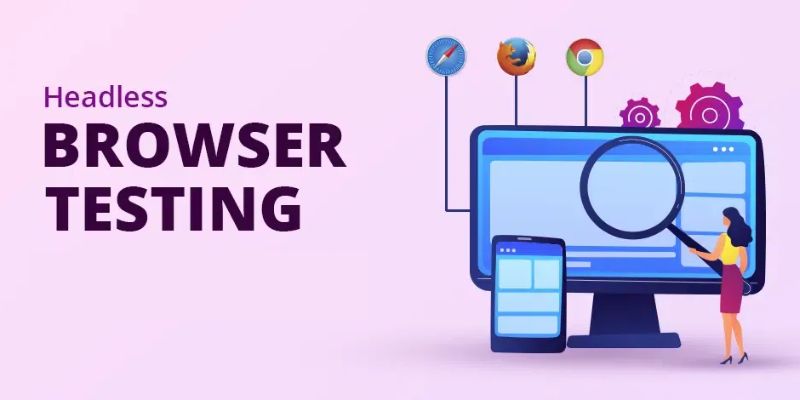In web application testing, Selenium has long been a go-to tool for automating browser interactions. Traditionally, Selenium scripts execute in visible browsers like Chrome or Firefox, but another method is gaining popularity: headless browser testing. In this blog post, we’ll delve into how headless browser testing with Selenium works, its advantages, and how to get started. Join the FITA Academy‘s Selenium Training In Chennai to learn more about Selenium Technology.
What is Headless Browser Testing?
Headless browser testing involves running a web browser in a headless environment, meaning without a graphical user interface (GUI). Instead of launching a visible browser window, the browser operates in the background, executing the same actions and rendering the same content as a regular browser but without the visual representation.
How Headless Browser Testing Works with Selenium?
- Headless Browser Options: Selenium offers headless capabilities through browser options. For instance, Chrome can be run in headless mode using the –headless flag, while Firefox has a similar option called –headless.
- Execution: When a Selenium script is configured to run in headless mode, the browser instance launches in the background without opening a window. The script interacts with the headless browser just as it would with a visible browser, executing commands like navigating to URLs, clicking elements, and extracting data.
- Performance Benefits: Headless browser testing offers significant performance benefits compared to traditional browser testing. Since there’s no GUI rendering, headless browsers tend to execute scripts faster and consume fewer system resources, making them ideal for running large test suites or executing tests in parallel. Enroll in the Best Selenium Online Training, Which will help you understand more Concepts about Selenium IDE Features.
Advantages of Headless Browser Testing
- Speed: Headless browser testing is typically faster than testing with visible browsers due to reduced overhead from GUI rendering.
- Resource Efficiency: Headless browsers consume fewer system resources since they don’t require a graphical interface, allowing for more efficient testing, especially on machines with limited resources.
- Scalability: Headless browser testing is highly scalable, making it suitable for running tests in parallel across multiple environments or on continuous integration servers.
- Consistency: Headless browser testing ensures consistent test results across different environments since there are no variations caused by differences in screen resolutions or browser configurations.
Getting Started with Headless Browser Testing
- Choose a Headless Browser: Selenium supports headless mode for popular browsers like Chrome and Firefox. Choose the one that best fits your testing requirements.
- Configuration: Configure your Selenium scripts to run in headless mode by specifying the appropriate browser options. For example, in Chrome, set the –headless flag when creating the WebDriver instance.
- Script Execution: Run your Selenium scripts as usual, and they will execute in headless mode, performing the desired browser interactions without launching a visible browser window.
Headless browser testing with Selenium offers a powerful alternative to traditional browser testing, providing speed, resource efficiency, scalability, and consistency benefits. By understanding how headless browser testing works and leveraging its advantages, testers can streamline their testing processes, improve test coverage, and deliver high-quality web applications more effectively. Whether you’re testing a single page application or a complex web platform, incorporating headless browser testing into your testing strategy can lead to significant efficiency gains and ultimately, better software quality. If you want to learn Selenium technology, join the Best IT Training Institute In Chennai. It provides you with advanced training with professional faculty. So that you can develop your career, also it provides you with a certificate and placement assistance.
